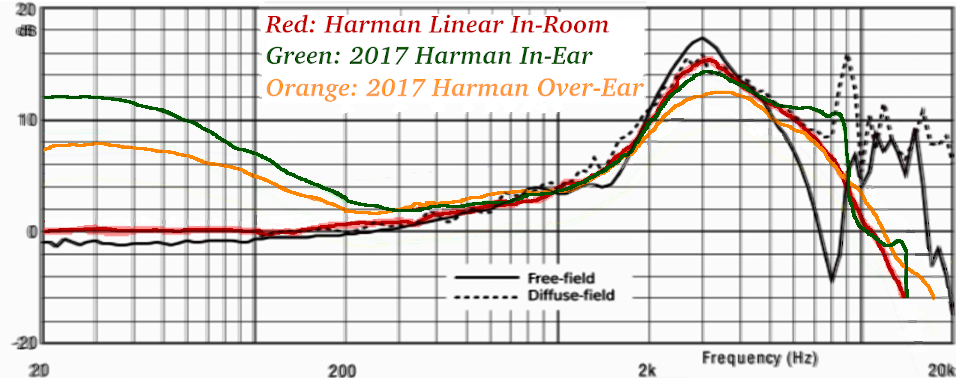What FR contour sounds balanced to your ears depends on many things including listening gain/volume and will pretty much never look like a FR graph from a truly flat FR AMP/DAC.
I suggest the smartest thing is to get a cheap, comfy closed set of iems, or HP with low distortion, find a volume you like and EQ it until it sounds flat (equal volume) to you with a pure tone testing website. Then you'll see that flat/equal loudness to you has nothing to do with a flat line on an FR graph, and you'll know how to shape your own EQ and the objective FR graphs will actually be meaningful to you for buying decisions.
Doing that is vastly cheaper than cycling through thousands of dollars searching for a non-existent perfect set. As has been said, if you think you need more "detail" try adding bits of EQ in the mids and highs to achieve that effect before you decide a set doesn't do details well, because that's mostly just FR and possibly, maybe impulse decay rate (which should be a non-factor for virtually all headphones nowadays).
If EQ-ing, just don't forget to lower the pre-amp gain by at least your maximum individual band gain increase, or only EQ by lowering the band gains, otherwise you can and will introduce intersample overloading that will cause output clipping somewhere in your audio chain, which sounds like the driver tearing itself apart with distortion. It's not being damaged, and it and your DAC/Amp are actually being protected by the clipping, but it sounds scary and like you are ruining stuff, but no, just how the protection clipping sounds. If doing what I suggest, you lose a bit of your maximum volume, which is generally fine, but can be a no-go for inefficient sets connected to less powerful amps. The above is the key to digital EQ, and failing to address that is why so many people think EQ is bad. They are wrong, and just don't know how to EQ properly to avoid that one simple pitfall of EQ in the digital domain. I never ran into that with EQ in the analog domain, myself.
Cheers!

